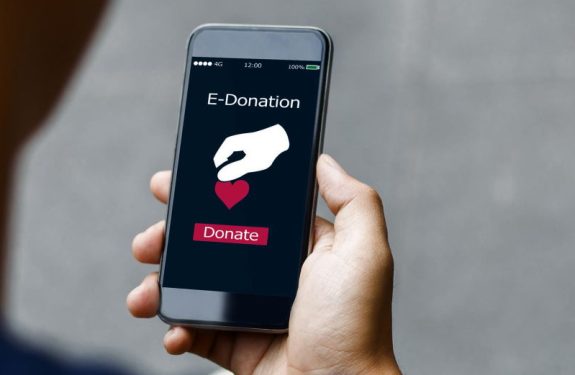You may have heard that app stores take a big commission on every sale. And while that’s true, there’s much more to the story. This blog post will explore the reality of app store commissions and how they impact developers and businesses. You’ll learn about the types of commissions, why they exist, and how to make them work for you. So let’s dive in!
Apple and Google Stores commission rates for in-app purchases
For a game that costs $0.99, the developer would net $0.70 from an Apple Store sale and $0.85 from a Google Store sale.
Assuming all else is equal, it costs more to develop the Apple Store because the commission rate is higher. However, Apple users are generally willing to spend more money on apps than Android users, so developers may make more profit by targeting the Apple Store despite the higher commission rate. Additionally, some app features may be easier or only possible to implement on one platform, so developers must weigh those considerations when deciding where to release their apps.

How to optimize your mobile app store commission rate
As a mobile app developer, you’re always looking for ways to improve your business and increase your profits. One way to do this is to optimize your app store commission rate.
The standard commission rate for most app stores is 30%. However, there are a number of ways you can reduce this rate and keep more of the revenue from your app sales.
- Use an Alternative App Store
Several alternative app stores charge lower commission rates than the major players like Apple’s App Store and Google Play. For example, Amazon offers a 70/30 split in favor of developers, while Opera’s App Store has a 70/30 split in favor of developers.
- Negotiate with the App Store
If you’re generating a lot of revenue from your app, you may be able to negotiate a lower commission rate with the app store. This is more likely to be successful with alternative app stores than the major ones.
- Use In-App Purchases
In-app purchases are a great way to generate additional revenue from your app without having to raise the price. Most app stores take a 30% cut of in-app purchases, so this can help offset the commission fees you’re paying on regular app sales.
- Offer Subscriptions
Another way to generate additional revenue is to offer subscriptions through your app. This could be an annual or monthly subscription to access premium content or features. Again, most app stores take a 30% cut of subscription revenue, so this can help offset the commission fees you’re paying on regular app sales.
- Use Advertising
You can use advertising to generate revenue if you don’t want to charge for your app. This is a good option if your app is aimed at a general audience and you don’t have any niche content or features. Most app stores allow developers to include advertising in their apps and keep 100% of the revenue.

- Sell Merchandise
If you have a popular app, you may be able to sell merchandise related to it. This could be anything from t-shirts and mugs to phone cases and stickers. You can sell merchandise through your app or on your website. Most app stores don’t take a cut of merchandise sales, so this is a great way to generate additional revenue without having to pay any commissions.
- Offer Services
If you have a niche app, you may be able to offer related services. For example, if you have an app tracking fitness goal, you could offer personal training services or nutrition advice. You can offer services through your app or on your website. Most app stores don’t take a cut of service revenue, so this is another great way to generate additional revenue without having to pay any commissions.
- Use Affiliate Links
If you promote products or services through your app, you can use affiliate links to earn commissions on sales. For example, if you have an app for tracking fitness goals, you could promote fitness equipment and earn a commission on any sales that result from your links. Most app stores allow developers to include affiliate links and keep 100% of the revenue.
- Sell Your App
You can sell it to another company if you’re no longer interested in developing or maintaining your app. This is a good option if your app is popular and has a lot of users. Most app stores don’t take a cut of the sale price, so you can keep 100% of the revenue from the sale.
- Pull Your App from the App Store
If you’re not generating enough revenue from your app to offset the commission fees, you may consider pulling it from the app store. This is a good option if your app is no longer popular or if you’re no longer interested in developing it. Most app stores have a policy allowing developers to remove their apps anytime.




